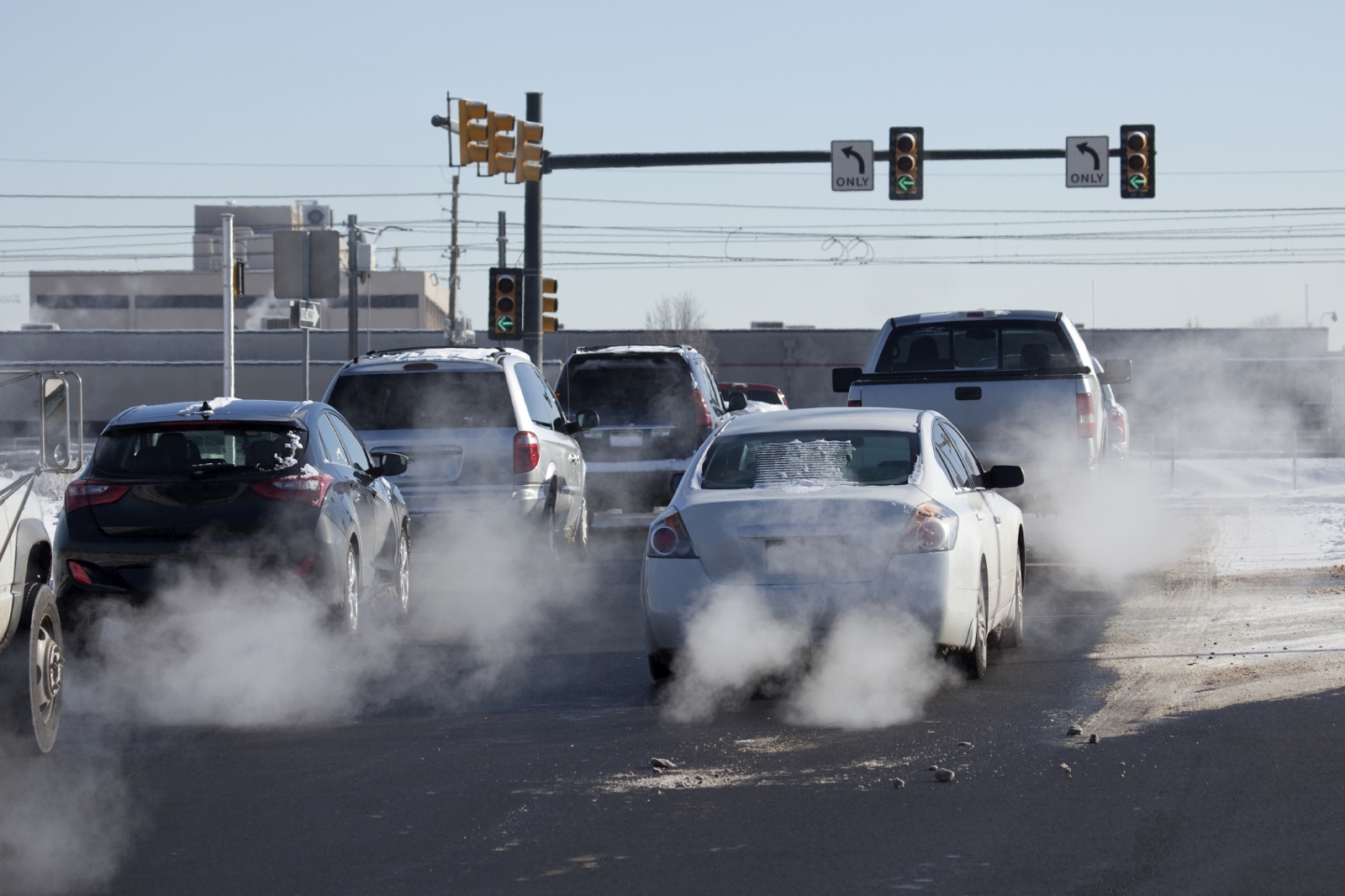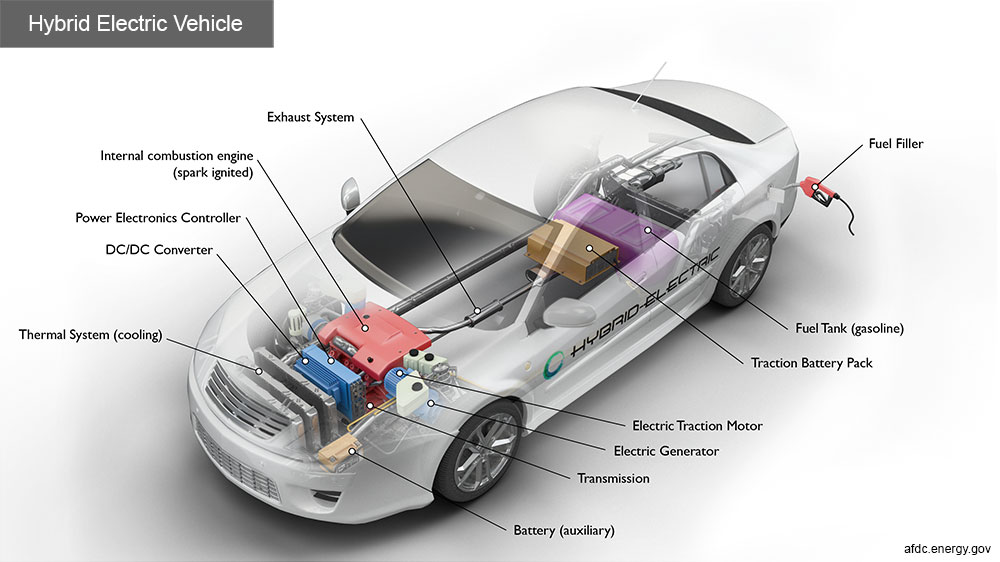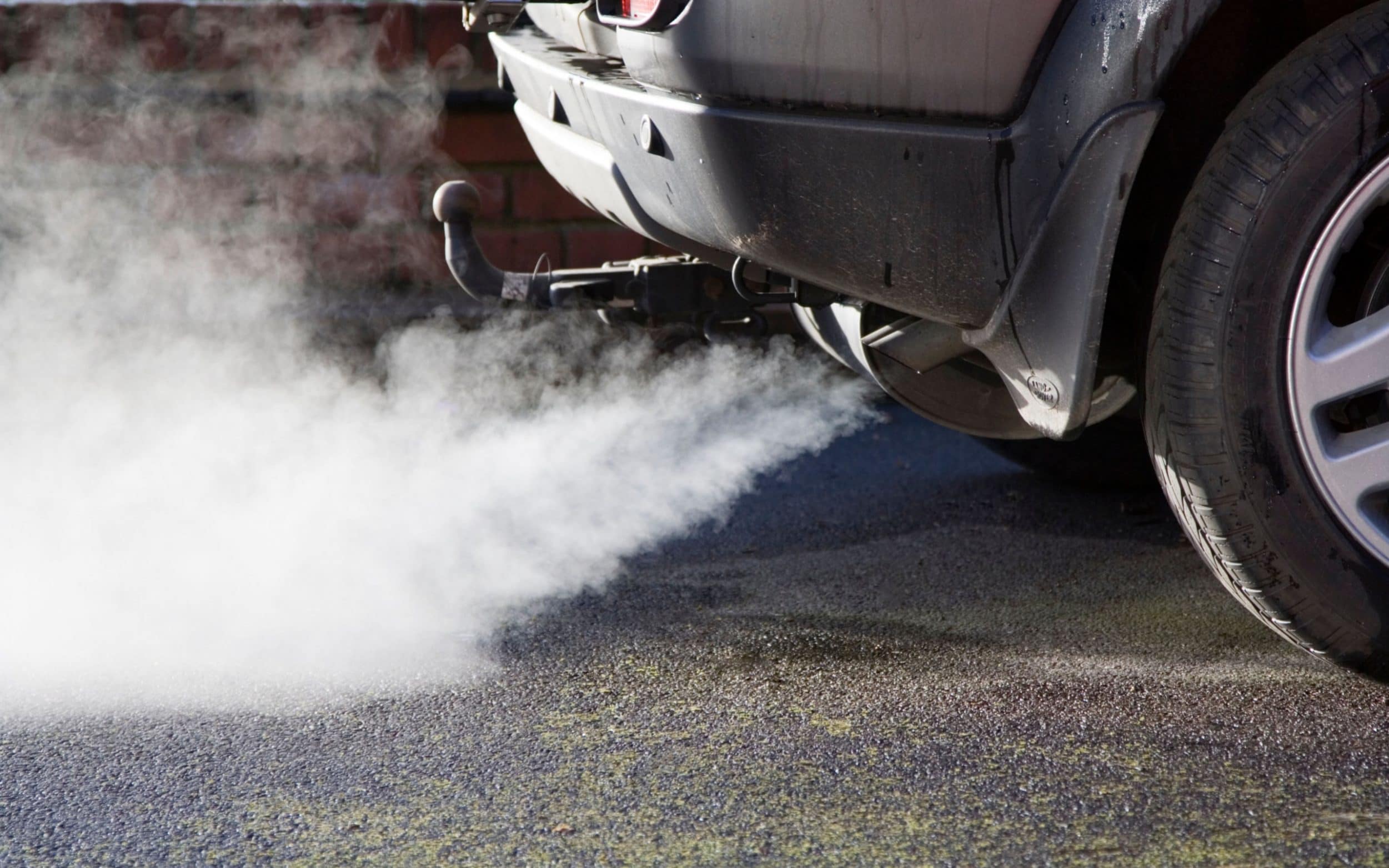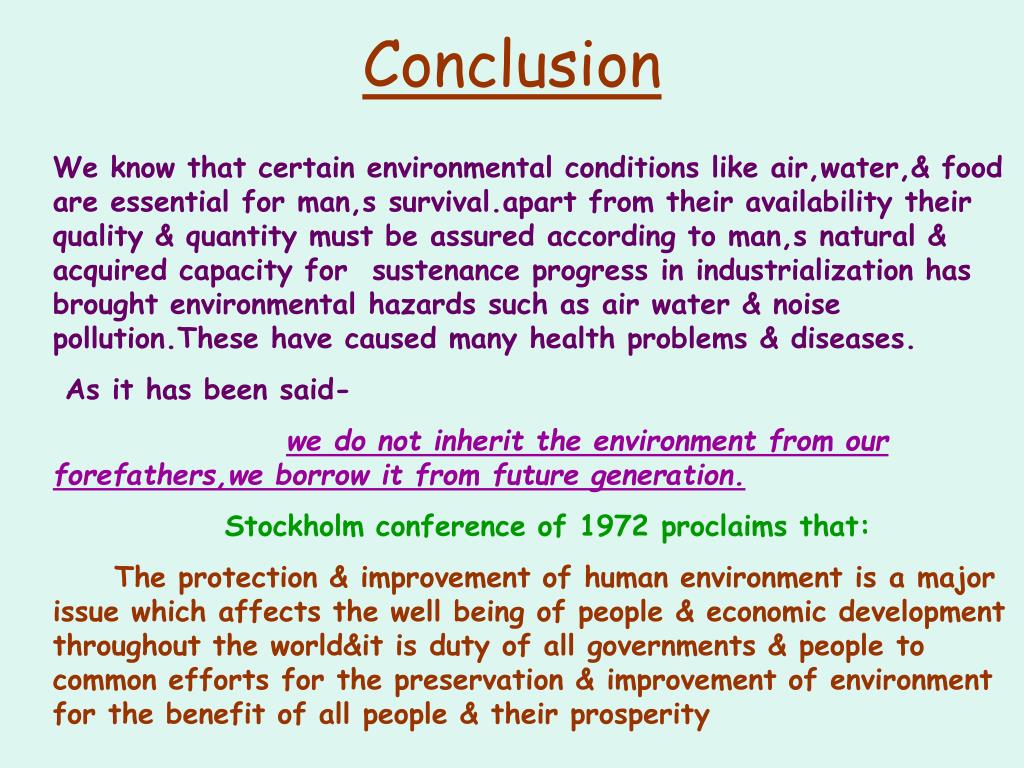Automobile Pollution Presentation
| Introduction to Automobile Pollution | ||
|---|---|---|
| Automobile pollution refers to the emissions and pollutants released by vehicles. It is a significant contributor to air pollution and environmental degradation. The combustion of fossil fuels in vehicles is the primary source of automobile pollution. | ||
| 1 | ||
| Types of Automobile Pollutants | ||
|---|---|---|
| Carbon monoxide (CO) is a harmful gas released during incomplete combustion of fuel. Nitrogen oxides (NOx) are produced by high-temperature combustion and contribute to smog formation. Particulate matter (PM) is a mixture of tiny particles that can cause respiratory problems and reduce air quality. | ||
| 2 | ||
| Impact of Automobile Pollution on Air Quality | ||
|---|---|---|
| Automobile pollution leads to high levels of air pollutants, reducing air quality in urban areas. It contributes to the formation of smog, which can cause respiratory issues and eye irritation. Long-term exposure to automobile pollutants can lead to chronic health problems such as asthma and heart disease. | ||
| 3 | ||
| Environmental Consequences of Automobile Pollution | ||
|---|---|---|
| Automobile pollution contributes to global warming by releasing greenhouse gases like carbon dioxide (CO2). Acid rain formation is worsened by the release of nitrogen oxides and sulfur dioxide from vehicles. Emissions from automobiles contaminate soil and water bodies, affecting ecosystems and biodiversity. | ||
| 4 | ||
| Measures to Reduce Automobile Pollution | ||
|---|---|---|
| Transitioning to electric vehicles (EVs) can significantly reduce automobile pollution. Encouraging public transportation and carpooling can reduce the number of vehicles on the road. Implementing stricter emission standards and regulations can help control automobile pollution. | ||
| 5 | ||
| Advancements in Automobile Technology | ||
|---|---|---|
| The development of hybrid vehicles combines internal combustion engines with electric motors, reducing emissions. Fuel-efficient technologies, such as direct injection and turbocharging, improve fuel economy and reduce pollution. The emergence of autonomous vehicles presents an opportunity to optimize driving patterns and reduce pollution. | ||
| 6 | ||
| Government Initiatives and Policies | ||
|---|---|---|
| Governments can provide incentives for purchasing electric or hybrid vehicles. Taxation policies can be used to discourage the use of high-emission vehicles. Encouraging the development of public charging infrastructure for electric vehicles can promote their adoption. | ||
| 7 | ||
| Individual Actions to Reduce Automobile Pollution | ||
|---|---|---|
| Regular vehicle maintenance, such as tuning the engine and fixing exhaust leaks, can reduce pollution. Opting for eco-friendly driving practices, such as reducing idling time and avoiding excessive acceleration, can minimize emissions. Using alternative transportation modes like walking, biking, or using public transport for short trips can help reduce automobile pollution. | ||
| 8 | ||
| Global Efforts to Combat Automobile Pollution | ||
|---|---|---|
| International agreements like the Paris Agreement aim to reduce greenhouse gas emissions from all sectors, including transportation. Collaboration between governments, automakers, and environmental organizations is crucial for developing sustainable transportation solutions. Raising awareness about the impact of automobile pollution through educational campaigns can drive positive change. | ||
| 9 | ||
| Conclusion | ||
|---|---|---|
| Automobile pollution is a significant environmental and health concern. Transitioning to cleaner technologies, improving infrastructure, and promoting sustainable transportation practices are key to reducing automobile pollution. Everyone has a role to play in minimizing automobile pollution through individual actions and supporting collective efforts. | ||
| 10 | ||








